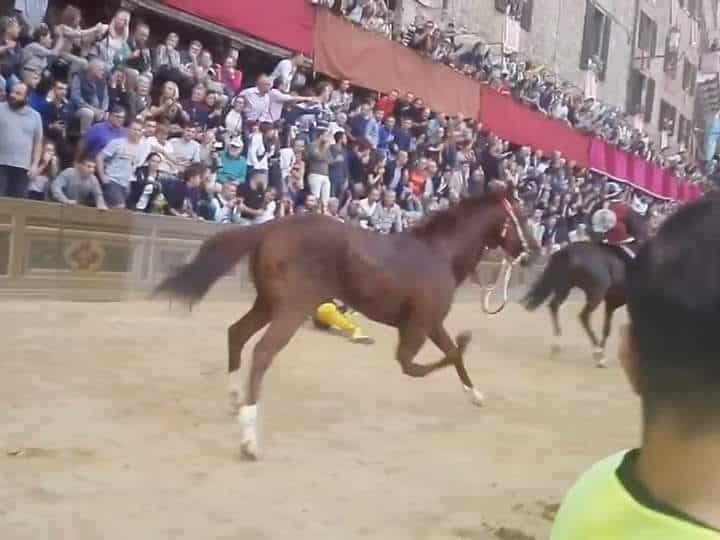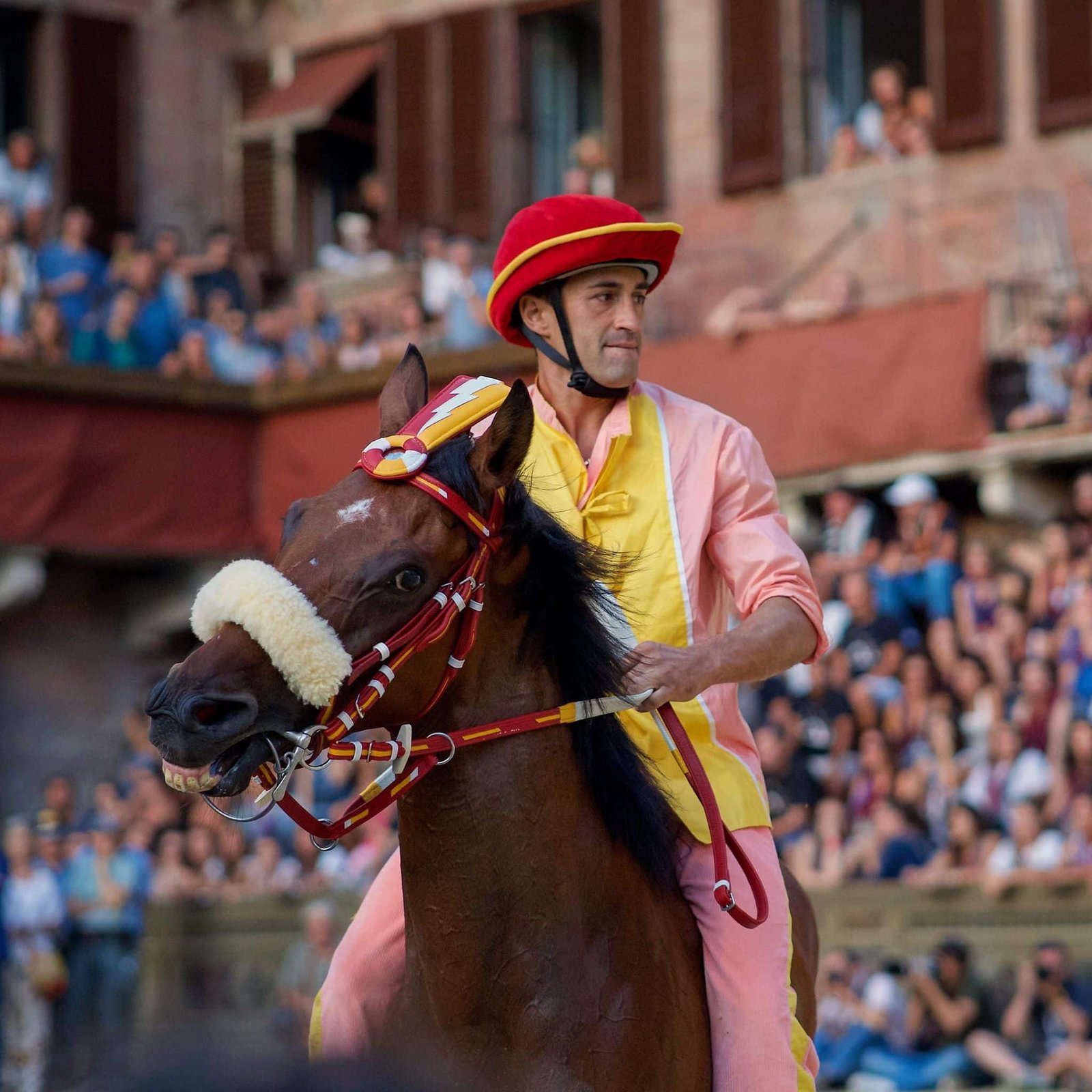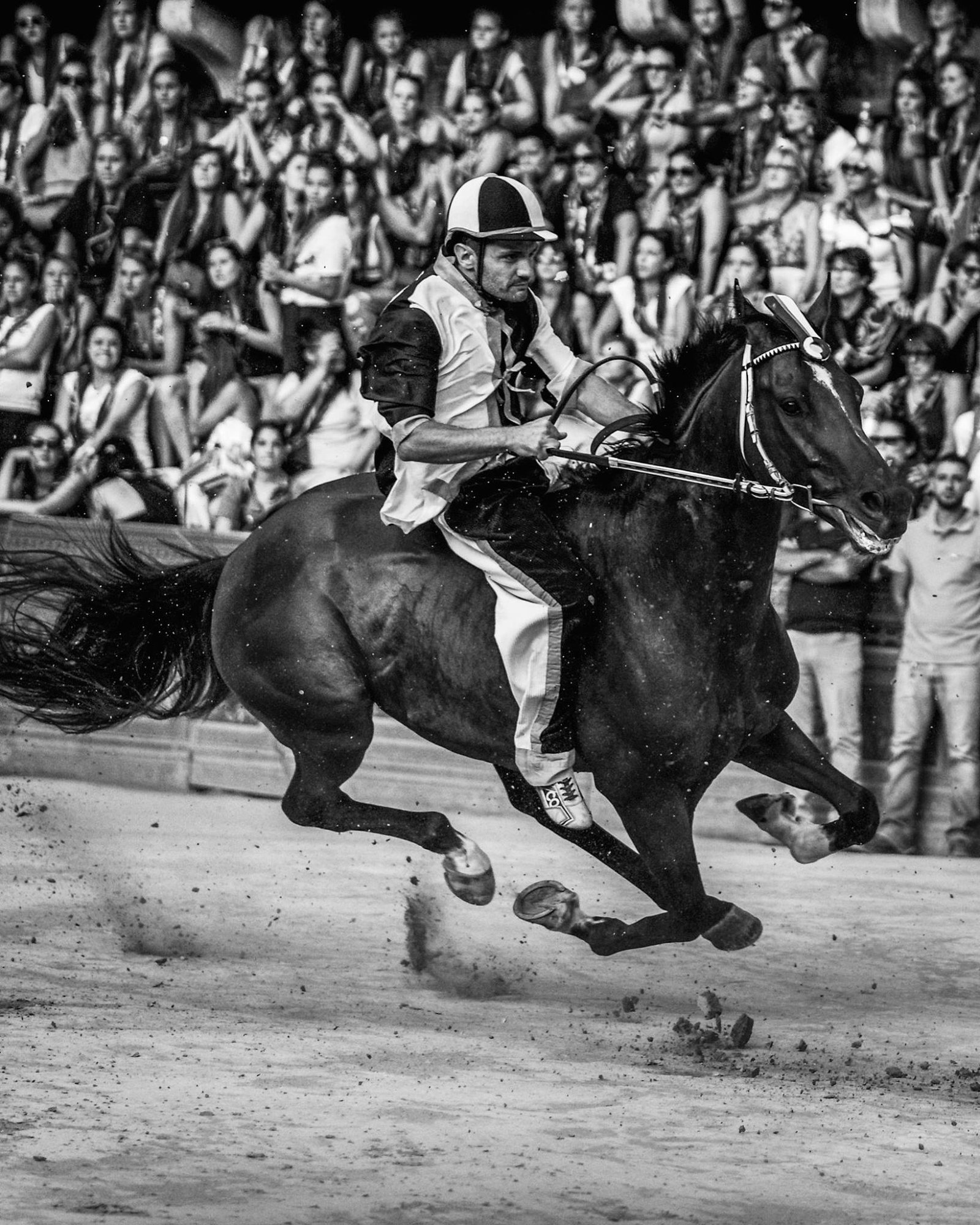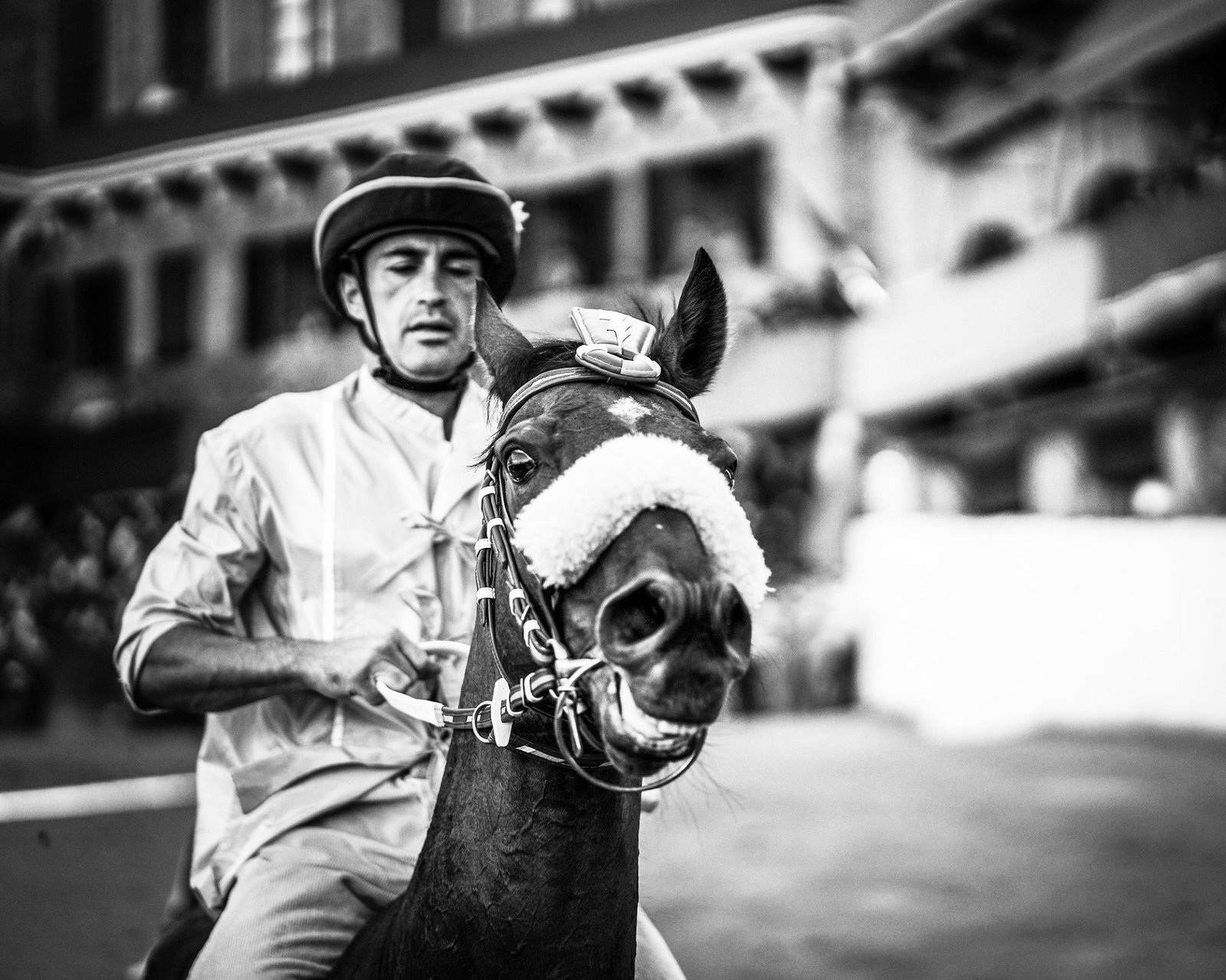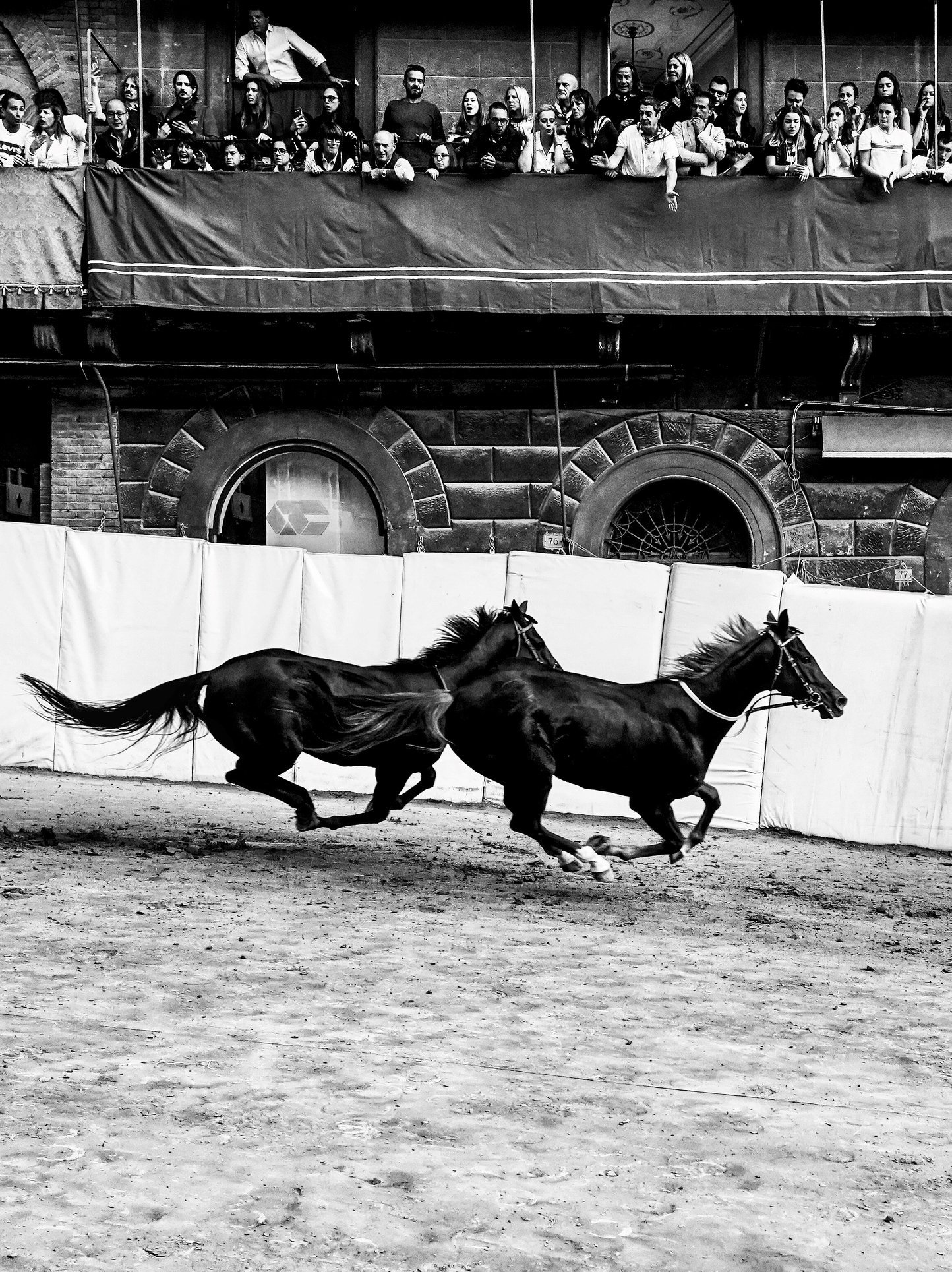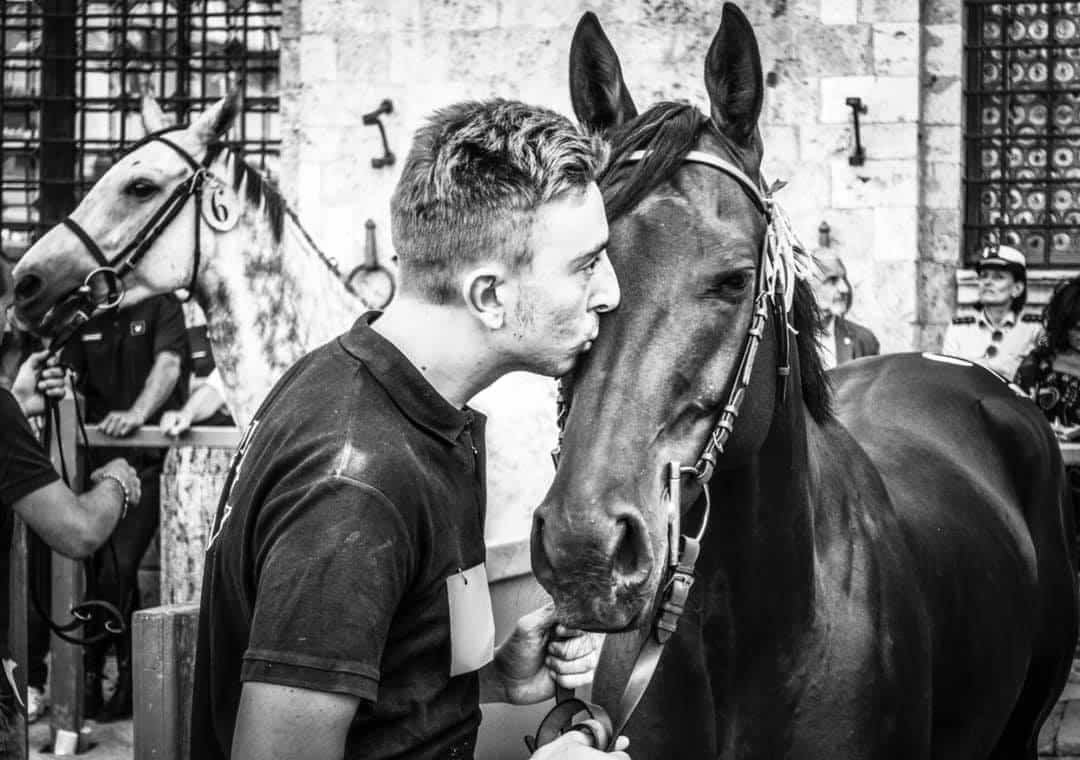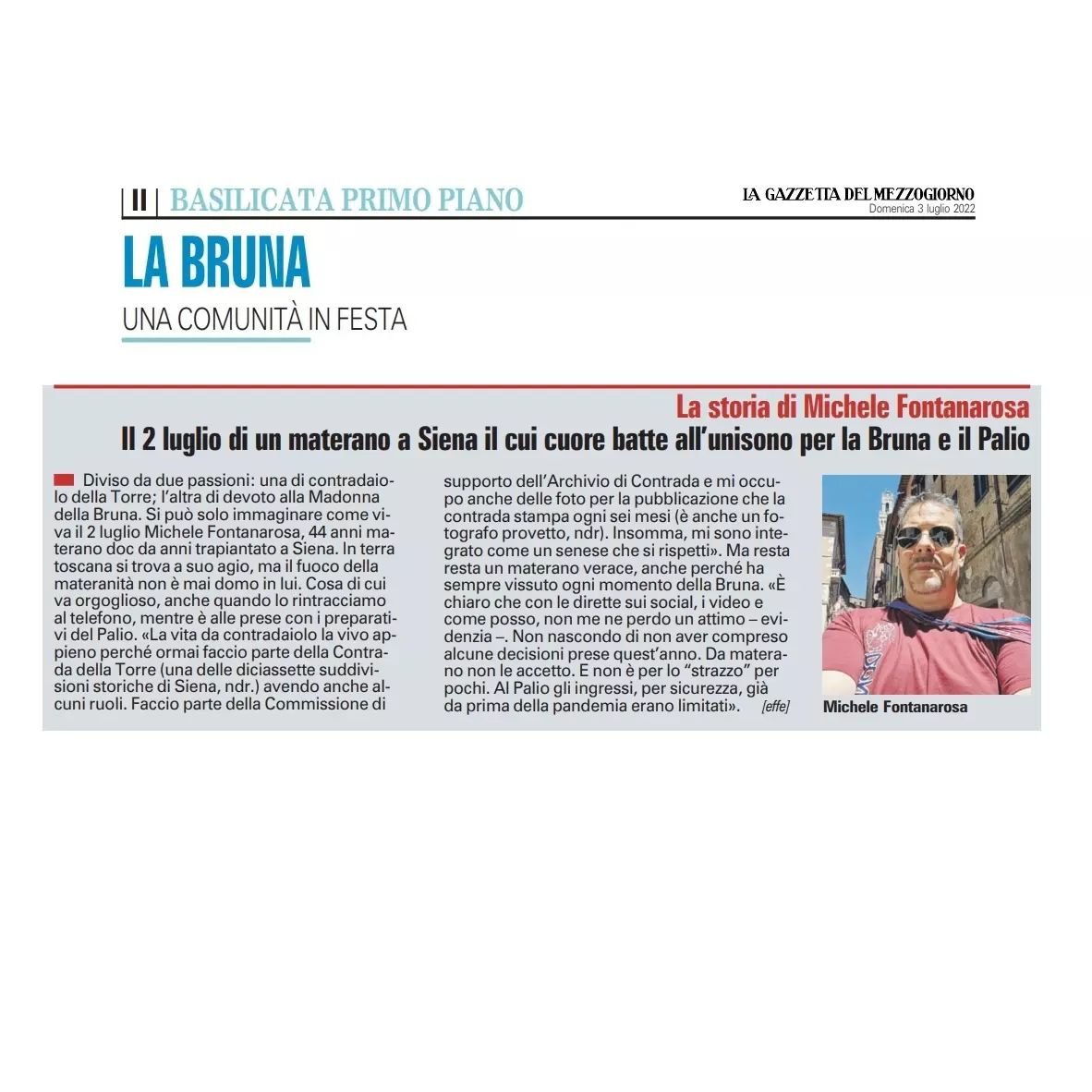Siena Palio (Siena) 2026
Background & History
The Palio di Siena, a thrilling bareback horse race held in the heart of Tuscany, is one of Italy’s most ancient and passionately celebrated festivals, embodying the city’s medieval soul and fierce neighborhood rivalries. Rooted in chivalric games and religious processions, it transforms Siena into a living tapestry of history, pageantry, and communal fervor, drawing over 50,000 spectators annually to witness a spectacle that transcends sport.
Documented as early as the 12th century with references to a “Palio di San Bonifazio” race honoring Siena’s patron saint, the modern form emerged in the 1650s when the event was formalized in the shell-shaped Piazza del Campo. Initially part of broader civic celebrations, it was tied to religious feasts like the Assumption of Mary, evolving from informal buffoonery contests to structured competitions among the city’s 17 contrade—historic districts each represented by an animal or symbol, like the Goose (Oca) or Tower (Torre).
By the 18th century, the Palio had become a cornerstone of Sienese identity, with only 10 contrade racing each edition to avoid overwhelming the square, selected via lottery. It survived political upheavals, including Napoleonic rule and World War II, emerging as a UNESCO-recognized intangible cultural heritage in 2010 for its preservation of Renaissance-era traditions amid modern life.
The event’s growth reflects Siena’s enduring spirit: from local feasts to international tourism draw, it now includes global media coverage and VIP packages, yet retains its raw authenticity—no jockeys wear helmets, and falls are common. Over centuries, it has inspired operas, films like “The First of May,” and scholarly studies on Italian folklore, symbolizing resilience and unity in a divided world.
In 2026, the 356th edition continues this legacy, with pre-registrations open for tickets, promising heightened excitement post-Olympics year. Its cultural significance lies in fostering contrada loyalty—lifelong for residents—while inviting outsiders to partake in rituals that blend faith, rivalry, and revelry, making it a pilgrimage for history buffs and adrenaline seekers alike.
Event Highlights
- Main activities or performances: The climax is the bareback horse race itself, lasting about 90 seconds over three laps of a 360-meter clay track in Piazza del Campo, with 10 contrade competing fiercely amid thundering hooves and roaring crowds. Preceding the race is a two-hour historical parade featuring 700 participants in 14th-century costumes—drummers, flag-throwers, and heralds—showcasing Renaissance opulence with choreographed displays of skill and symbolism.
- Special traditions or features: Contrade selection via lottery and horse assignment by draw adds suspense days before; the “benedizione del cavallo” (horse blessing) in each district’s church underscores the event’s religious roots. Jockeys, called “fantini,” ride without saddles, emphasizing raw horsemanship, while the winning contrada erupts in multi-day feasts. No modifications to the track or rules since 1656 preserve authenticity, with dramatic falls (“cadute”) often deciding outcomes.
- Unique attractions for visitors: VIP packages include private balcony dinners with contrada members, offering insider access to secretive strategies; museum tours reveal contrada artifacts like historic drums and trophies. For immersion, join trial race viewings or the “cena della prova generale” (dress-rehearsal dinner). The 2026 edition highlights sustainable practices, like eco-friendly clay mixes, and digital apps for virtual tours, blending medieval magic with modern convenience.
The Regions of the Palio
This section celebrates the Palio’s deep ties to Siena and Tuscany, turning the event into a portal to the region’s Gothic architecture, rolling Chianti hills, and wine-soaked heritage. Centered in Siena—a UNESCO World Heritage site since 1995—the Palio animates the medieval core, where contrade boundaries echo ancient parish lines, each with its own church, square, and insignia fostering lifelong identities.
Piazza del Campo, the scallop-shaped venue, is Siena’s beating heart, flanked by the Palazzo Pubblico (home to frescoes by Ambrogio Lorenzetti) and the Torre del Mangia, offering panoramic views for post-race toasts. The contrade spill into surrounding streets: the Eagle (Aquila) in steep alleys near the Duomo, the Snail (Chiocciola) in vine-draped lanes evoking Tuscan countryside escapes.
Tuscany’s broader landscape enhances the festival—visitors can detour to San Gimignano’s towers or Volterra’s Etruscan ruins, but Siena’s July heat amplifies the drama, while August’s Assumption ties into Marian pilgrimages. The Palio promotes regional pride, with contrade banners fluttering from Florence to the Maremma coast, and 2026 packages including Chianti wine tours, weaving the race into Tuscany’s narrative of art, viticulture, and unyielding tradition.
Date & Duration
Dates: June 29 – July 2, 2026 (Palio di Provenzano); August 13 – August 16, 2026 (Palio dell’Assunta) Duration: 4 days per edition
Venue / Location
The Palio unfolds in Siena’s iconic Piazza del Campo, a fan-shaped medieval square in Tuscany’s heart, lined with grandstands and balconies; supporting events occur in contrade churches and streets. The clay track is laid days prior, transforming the cobblestones into a high-stakes circuit. Siena, 70 km south of Florence, serves as the hub.
Google Maps Address: Piazza del Campo, 53100 Siena SI, Italy
Ticket Information
- How tickets are sold: Online via paliodisiena.tickets or partners like RacingBreaks.com and Paliotours.com; on-site pick-up in Siena (no mailing); lotteries for contrada dinners; packages bundle race tickets with tours and hotels.
- Whether admission is free or paid: Free standing-room in the square (arrive early for spots); paid for grandstands, balconies, and VIP; experiences like dinners require separate booking.
- Ticket pricing in USD only: Minimum $108 USD (standing balcony); maximum $17,388 USD (large group suite balcony).
- Any special seating or VIP options: Grandstands (palco seats $561–$724 USD); balcony seats/standing ($486–$745 USD); VIP private balconies/windows for 4–25 people ($4,741–$17,388 USD, with catering); experiences like trial+dinner ($298–$367 USD).
Contact Information
- Email: info@paliodisiena.tickets (general and ticket inquiries); press@paliodisiena.tickets (media).
- Phone: +39 0577 1607558 (English/Italian support for bookings).
- Website: https://paliodisiena.tickets/
- Social Media: @palioprov (Instagram for highlights); Palio di Siena (Facebook for updates); YouTube for parade videos.
- Key Staff: Consorzio per la Tutela del Palio (organizers); contact via email for specifics.
- Press/Volunteers: Press via press@paliodisiena.tickets; volunteer for contrade events through local inquiries (TBD).
- Note: Response time 24–48 hours; multilingual support; follow #PalioDiSiena for alerts.
Cultural Experience
The Palio di Siena immerses visitors in a time capsule of medieval Italy, where 17 contrade—Siena’s vibrant districts—unleash centuries-old rivalries through color-coded banners, anthems, and rituals that bind residents like family. It’s not just a race but a sacred festival honoring the Virgin Mary, blending Catholic devotion with pagan revelry in a spectacle of raw emotion and artistry.
Traditions peak with the “comparsa,” a pre-race parade of flag-wavers performing acrobatic tosses to drumbeats, evoking Renaissance jousts; each contrada’s costume—silks in emerald for the Caterpillar (Bruco) or crimson for the Ram (Montone)—tells stories of heraldry and heraldry. Music fills the air: contrada marches with trumpets and chants, while post-win feasts echo with folk songs passed down generations, fostering a sense of belonging that outsiders can taste through honorary memberships.
Costumes dazzle in authentic 14th-century finery—velvet doublets, feathered caps, and embroidered sashes—crafted by local artisans, while locals don contrada scarves, turning streets into partisan seas. Customs include the secretive horse selection, where whispers in dimly lit stables build tension, and the benediction, a solemn church ceremony anointing steeds as symbols of hope.
For 2026, expect enhanced inclusivity with family tours, but the core remains unyielding: no commercialization, just pure Sienese passion. Visitors often describe the electric tension—the crowd’s unified gasp at a fall—as a brush with history’s pulse, leaving indelible memories of Tuscany’s unfiltered soul.
Food & Drinks
- Must-try specialties: Indulge in panforte, Siena’s dense fruit-and-nut cake spiced with cinnamon, a Palio staple since the 13th century, shared at contrada picnics; pair with ricciarelli almond biscuits for sweet victory toasts.
- Race-day feasts: Contrada dinners feature pici pasta hand-rolled with wild boar ragù or chianina beef crostini, communal banquets under stars that last till dawn, embodying Tuscan rusticity.
- Street bites: Grab porchetta (herb-roasted pork) sandwiches from vendors lining the campo, or lampredotto tripe offal for an authentic, affordable thrill amid the crowds.
- Drinks highlights: Vin santo, the golden dessert wine, flows at post-race celebrations; refresh with Nobile di Montepulciano reds from nearby vineyards, sipped in contrada cellars.
- Modern twists: Vegan options like farro salad with pecorino alternatives nod to evolving diets, while craft birre artigianali beers cut the summer heat during trials.
- Pairings and etiquette: Aperitivo with prosciutto and finocchiona salami precedes parades; etiquette demands sharing plates, mirroring the contrade’s communal ethos.
Getting There
- Nearest airports: Florence Peretola (FLR, 75 km north, 1.5 hrs by train/car); Pisa Galileo Galilei (PSA, 140 km west, 2 hrs); Rome Fiumicino (FCO, 230 km south, 3 hrs by high-speed train).
- Public transport: Trenitalia trains from Florence (€9–15 USD, 1.5 hrs) to Siena station, then 20-minute bus/walk to centro storico; SITA buses from Rome (€20 USD, 3 hrs).
- Parking: Limited in the historic center—use Stadio Comunale lots (€2/hr) or Parcheggio Santa Caterina (€1.50/hr), 10-minute walk to Campo; car-free zone during events.
- Other tips: Rent e-bikes via Siena Mobilità (€10/day) for hill navigation; taxis/Uber from stations (€15 USD); arrive pre-dawn for free square spots to beat crowds.
Accommodation Options
- Budget stays: Ostello Casa delle Balie (near Duomo, $40–60 USD/night, shared dorms with communal kitchen); B&B La Coperta (contrade-edge, $50–70 USD/night, simple rooms with breakfast).
- Mid-range hotels: Hotel Athena (Campo views, $120–180 USD/night, rooftop terrace for parades); Palazzo Ravizza (historic palazzo, $130–200 USD/night, gardens and AC).
- Luxury retreats: Grand Hotel Continental (elegant 1600s building, $250–400 USD/night, spa and private balconies); Castel Monastero (Chianti hills resort, $400–600 USD/night, Palio packages with transfers).
- Cycling/walking-focused: Agriturismo Il Colombaio (countryside farm, $90–150 USD/night, organic meals and trails); Palio-specific via RacingBreaks ($300+ USD/night, bundled tickets).
- Unique stays: Contrada guesthouses like those in Oca district ($100–200 USD/night, immersive with local hosts); villa rentals in Chianti for groups ($500+/night, wine tastings included).
Maps
Contact
Video
FAQ's
What are the exact dates and schedule for the 2026 Palio di Siena?
The Palio features two editions: Palio di Provenzano from June 29 to July 2, 2026, and Palio dell'Assunta from August 13 to 16, 2026. Each spans four days with trial races on June 29, 30, and July 1 (or August equivalents), culminating in the historical parade and race at 7:30 PM (July) or 7:00 PM (August). Pre-event includes contrada lotteries and horse blessings. Free square access requires early arrival; tickets enhance views. Full timelines on paliodisiena.tickets. Weather may delay trials but not the main race.
How do I secure tickets, and what are the best options for first-timers?
Book online via paliodisiena.tickets or partners like Paliotours.com, with pre-registration free for 2026; pick-up in Siena avoids mailing issues. First-timers should opt for balcony seats ($486–$745 USD) for comfort over free standing. Packages ($298–$17,388 USD) include dinners and tours for immersion. Demand is high—book 6–12 months ahead. Lotteries apply to contrada events. Children under 4 may lap-sit free; confirm via +39 0577 1607558.
Is the Palio family-friendly, and what age restrictions apply?
Yes, it's suitable for families, with vibrant parades captivating kids, though the intense crowd and bareback falls add thrill—supervise closely. No age minimum, but under-10s get discounts on experiences ($298 USD packages). Balconies offer safer elevated views; free square suits adventurous families. Contrada museums provide educational fun. Avoid peak heat with shaded VIP ($4,741+ USD). Strollers navigate streets but not the crowded Campo.
What occurs if it rains during the event, and how does it affect plans?
Rain softens the clay track, potentially delaying trials until dry; the main Palio proceeds if safe, as horses handle wet conditions well—ponchos recommended. No refunds for weather, per policy. Indoor alternatives include museum tours or contrada dinners. Check updates via app or @palioprov. Historically, races run in drizzle, heightening drama. Pack layers for Tuscany's variable summer weather.
Can I attend without tickets, and what post-race activities follow?
Yes, free standing in Piazza del Campo (arrive 4–5 hours early for spots near the track), but it's standing-only and crowded. Post-race, the winning contrada hosts all-night feasts with fireworks, music, and communal meals—join via invitation or street vibes. Non-winners hold reflective dinners. Extend stays for August's Assumption mass. Virtual recaps on YouTube. For deeper access, upgrade to VIP suites.

